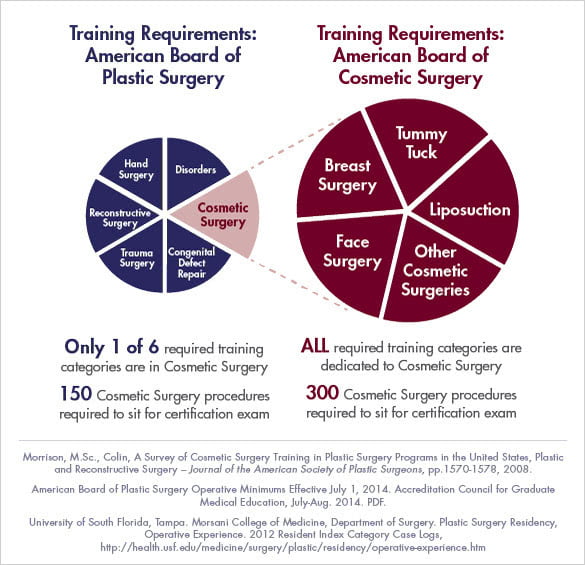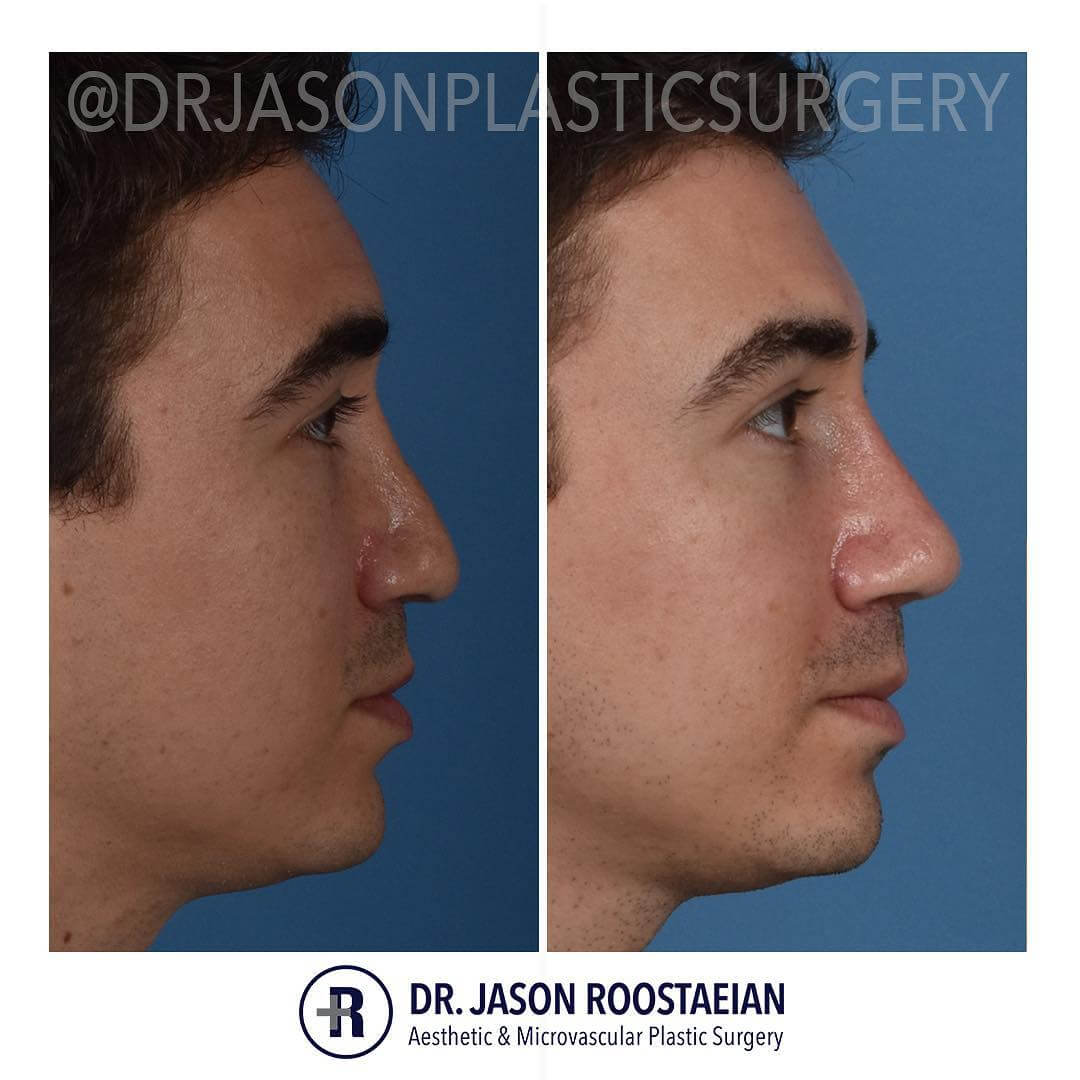
The FDA has published millions of reports about problems with medical devices. The FDA allows manufacturers of medical devices to report any problems to its employees. These reports can also be accessed on MAUDE's database which is accessible to the public. Implant safety can be affected by many factors. A textured surface, for example, can stop rotation. Moreover, a woman who smokes is at a higher risk of developing complications from implants. If you're considering breast implants, be sure to find out whether your medical history includes autoimmune diseases.
Textured surfaces prevent rotation
Although it is possible to rotate breast implants with teardrop shapes, textured surfaces are likely to prevent you from doing so. Because textured surfaces are Velcro-like, they will stop the implant rotating. Round implants will also not rotate as often, making them more secure in the breast pocket. Rotation of teardrop-shaped implants can pose a minor risk but it can be problematic for aesthetic reasons.

Avoiding autoimmune disorders
FDA has not yet determined if silicone breast implants may be linked to autoimmune disorders. Some doctors have said that breast implants can cause arthritis-like diseases. While the FDA has not been able to establish a link between breast implant and autoimmune conditions, there is increasing evidence. The World Health Organization recently conducted a study that found a link between breast implant use and rare cancers.
Surgery is irreversible
Breast implants surgery is not possible to reverse, unlike other cosmetic surgeries like tummy tuck and rhinoplasty. Your breast will never regain its original shape once implants have been in place. Implanted breast tissue can become dimpled or wrinkled. It is possible to feel significant pain following the procedure. These risks can be minimized by choosing a breast surgeon who has been trained in the procedure.
Patient device cards
Updates to FDA's guidelines regarding patient device cards (for breast implants) have made it more crucial than ever to provide information about the product to patients. According to the latest FDA guidelines, patient device cards must include information about the implant type, serial number and any boxed warnings. The cards should also contain links to web pages that will direct patients to the label and decision checklist for more information.

Screening for rupture
The Food and Drug Administration recommends that breast implants be scanned every two to three years. Ultrasound can distinguish between ruptured and normal implants. Ultrasound will show normal implants as homogeneous and well-defined. Broken implants will have a "snow-storm" appearance. To determine the extent and cause of your rupture, schedule an MRI. This type imaging is not covered under your insurance.